To deserve the status of the best, higher education institution it is necessary to provide students with a high level of education, the demand for graduates, and also to conduct active work in the field of science and research. According to these criteria, determined the best medical universities in Russia 2016 of the year. In addition to these indicators, the average score of applicants for the previous year was also taken into account.
10
Nizhny Novgorod state.honey.academy

Nizhny Novgorod state university.honey. Academy opens the top ten medical universities in Russia in 2016. Higher educational institution carries out training of qualified medical personnel, postgraduate education and advanced training of doctors, scientific and scientific-methodical work. Has in its composition 76 departments, which employ about 700 teachers. About 3,000 students study at 7 faculties, there is also the faculty of pre-university training and the Institute of Postgraduate Education. Also in the university there is a post-graduate course and there are 4 dissertational councils for defending dissertations. The average score of applicants who passed entrance examinations to the academy in 2015 is 78.1.
9
Kazan State University.honey. University

Kazan State University.honey. is the ninth in the list of the best medical universities in Russia for 2016.The KSMU includes 9 faculties, including medical, pediatric, medico-prophylactic, dental, etc. In addition, the university provides postgraduate education in 28 internship programs, 41 - residency, 41 - graduate school, 5 - doctorate. The average score of the Unified State Examination is 78.9.
8
North-Western state.honey. University of. II Mechnikova, St.-Petersburg
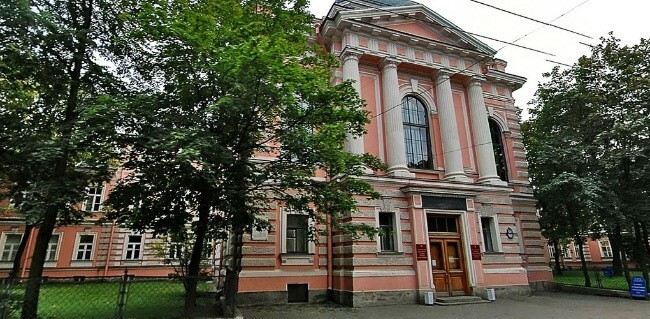
North-Western state.honey. University of. II Mechnikova, St. Petersburg with an average USE score for the past year - 79.2 took the eighth place in the ranking of the best medical universities in Russia 2016. To date, SZGMU is teaching about 4200 students, including 300 people -on a budgetary basis and 1200 students on the ground with payment of tuition fees. In addition to Russian citizens, more than 500 foreign students study here. More than 670 interns and about 1500 clinical residents are being trained at the university. Dissertational research is carried out by 460 post-graduate students, doctoral students and candidates for academic degrees. Also annually about 32000 doctors raise their professional qualifications.
7
Tver state.honey. University of
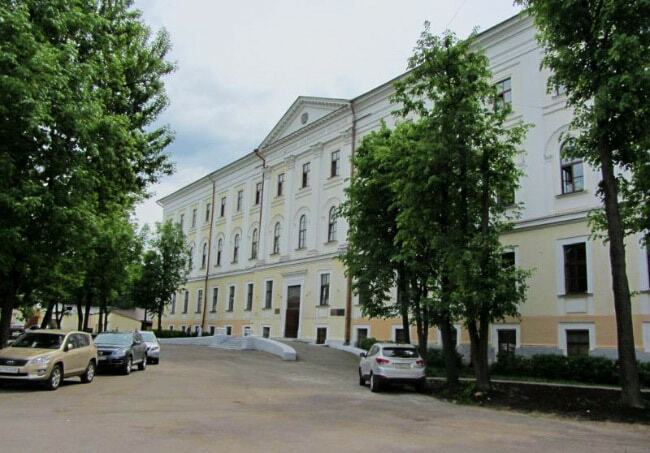
Tver State University.honey.the University is included in the list of the top 10 medical universities in Russia with the average USE score of 79.3 according to data for 2016.In the higher educational institution, specialization in medicine, pediatrics, dentistry, pharmacy and nursing is carried out. The University cooperates with many educational and scientific institutions of foreign countries, as well as international organizations. Among the foreign organizations with which TverGMU supports partnerships are the University of Saarland( Germany), the University of Vadodara( India), the Medical Academy of Lublin( Poland), the Russian Center for International Education( India), the Russian Educational Center( SriLanka), the medical center "Baikon"( USA).
6
St. Petersburg State University. Chemical-Pharmaceutical Academy

St. Petersburg State Universitythe chemical-pharmaceutical academy was awarded the sixth place in the list of the best medical universities in Russia in 2016 with an average score on the USE last year - 79.5.The Academy includes the following departments: the Faculty of Additional Vocational Education and the Industrial Technology Division of Medicines. At the Academy there is a nursery of medicinal plants, where a lot of work is carried out to introduce medicinal plants from different climatic zones. More than 400 types of herbs are grown on the collection site. Kennel is the main base of educational practice of students of the pharmaceutical faculty. The Academy carries out training of specialists for foreign countries in the field of biotechnology and pharmacy.
5
Voronezh State University.honey. University of. N.N.Burdenko

Voronezh state.honey. University of. N.N.Burdenko takes the fifth place in the list of the best medical universities in Russia for 2016.To date, the higher education institution includes 8 faculties: medical, pediatric, dental, pharmaceutical, medico-prophylactic, nursing, training of highly qualified personnel and the Institute of Medical Education and Cooperation. In 2014 the "Expert RA" agency awarded the university a rating class "D" meaning "acceptable level" for graduates. The average USE score for 2015 is 80.
4
St. Petersburg State University.pediatric honey. University
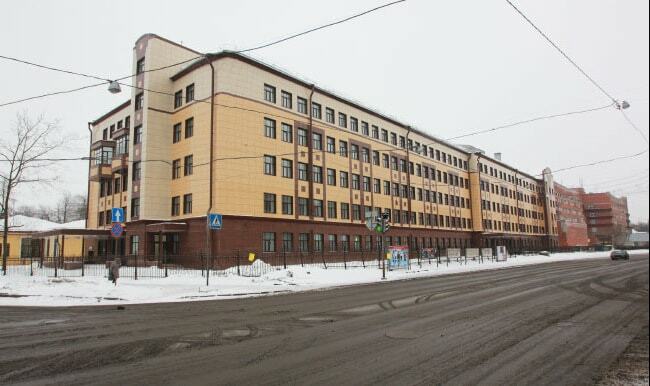
Saint-Petersburg State University.pediatric honey.the University is one of the best Russian medical universities for 2016.Currently, the University has five faculties: medical, pediatric, dental, clinical psychology and the faculty for advanced training and professional retraining. Training is conducted in both Russian and English. St. Petersburg State Pediatric Medical University( SPbSPU) was recognized by the World Health Organization( WHO) and was included in the World List of Medical Schools of WHO in 1965.The university has a high status among pediatric medical schools. High quality of education is provided by an excellent organization of the training process, which is confirmed by the corresponding certificate. The average score for the Unified State Examination in 2016 is 81.
3
Russian National Research honey. University of. N.I.Pirogov, Moscow
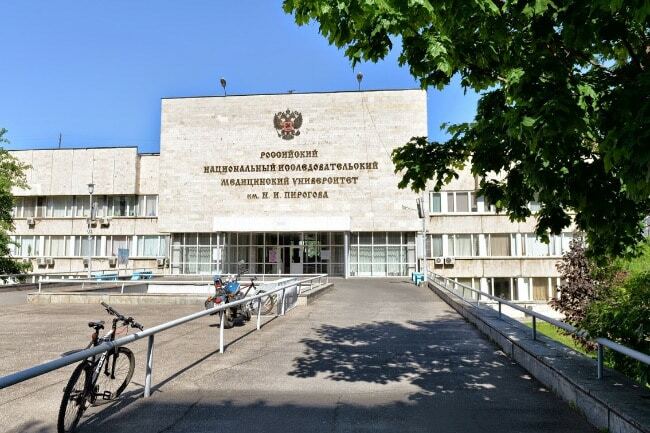
Russian National Research honey. University of. N.I.Pirogov, Moscow opens the top three medical schools in Russia in 2016 with an average USE score of 81.2.The structure of the higher educational institution includes the following faculties: medical, pediatric, medical-biological, dental, pharmaceutical, etc. Students study medicine, various aspects of it for six years at 54 departments of the University. The training is conducted not only in specialized pediatric departments, but also in departments where adult diseases are studied. In addition to clinical training, pediatricians study basic sciences. Graduates have the opportunity, after receiving the diploma of a pediatrician, to work in any medical specialty.
2
First state. Moscow honey. University of. THEM.Sechenova

The first state. Moscow honey. University of. THEM.Sechenova takes the second place in the ranking of the best medical universities in Russia in 2016 with an average USE score of 81.8.The Faculty of Medicine is the main subdivision of the First Moscow State Medical University named after IM Sechenov and represents an educational, scientific and practical association. This is the oldest and largest in terms of the number of chairs and students of the Faculty of the First Moscow State Medical University. The Medical and Preventive Faculty trains sanitary doctors( hygienists and epidemiologists), became the first such faculty in the history of world medical education. The Pharmaceutical Faculty carries out training in the specialty "Pharmacy", and since 2010 on new specialties "Biotechnology" and "Bioengineering, bioinformatics", as well as postgraduate professional training of various levels. In addition to the above-mentioned departments, the First MGMU includes the stomatological, pediatric faculty and the faculty of higher nursing education and psycho-social work.
1
The first St. Petersburg state.honey. University of. I.P.Pavlova
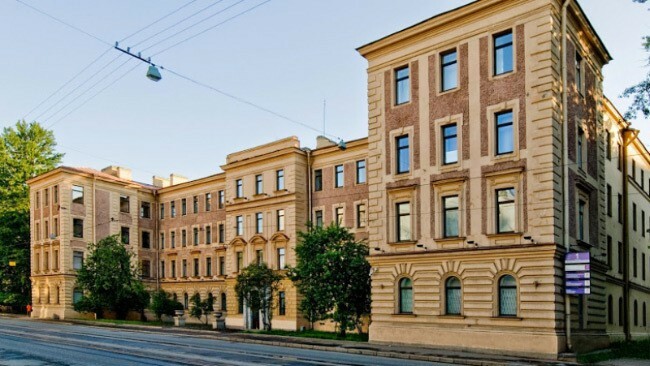
The first St. Petersburg state.honey. University of. I.P.Pavlova tops the rating of the best medical universities in Russia for 2016.Also, the University is one of the top 10 most popular medical schools in Europe. The higher educational institution prepares highly qualified specialists in the fields of: medical business, dentistry, clinical psychology, sports medicine, pediatrics, adaptive physical culture, nursing. Also conducted training in internship, residency, postgraduate and doctoral studies. The structure of the university includes 69 departments, 56 scientific laboratories, 11 institutes, research institutes and centers. The university bases are located in the clinics of the university and in 43 large hospitals and polyclinics of St. Petersburg. Annually more than 5 thousand students, including foreign ones, are trained in the university. Since 2007, the university has become a participant in the Bologna Process by introducing a graded rating system of knowledge assessment. The average score of the Unified State Examination for 2015 is 83.2.



